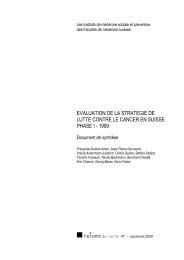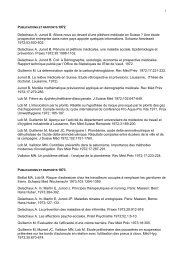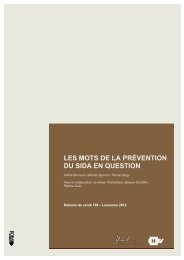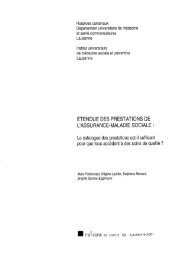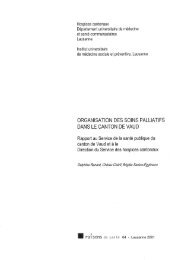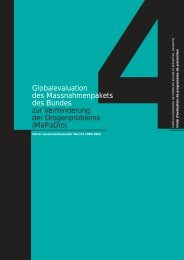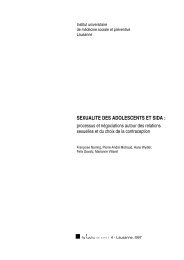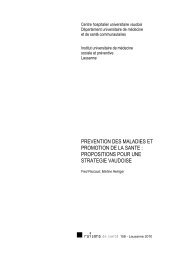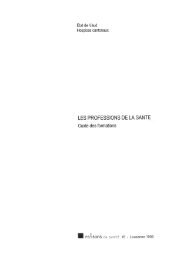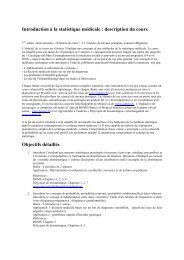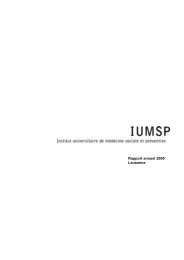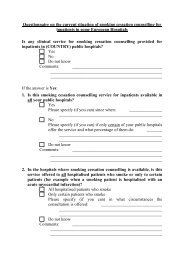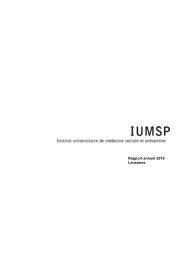Create successful ePaper yourself
Turn your PDF publications into a flip-book with our unique Google optimized e-Paper software.
10.3<br />
(a) La probabilité d’erreur de type I est P0( ¯ X ≥ 7), où ¯ X =(X1 + X2 + X3 + X4)/4.<br />
On sait que, sous H0, ¯ X suit une distribution normale de moyenne µ = 6 <strong>et</strong> variance<br />
σ 2 =1/4, donc:<br />
P0( ¯ X ≥ 7) = P0(( ¯ X − 6)/σ ≥ (7 − 6)/σ) =P (Z ≥ 2) = 0.0227,<br />
où Z =( ¯ X − 6)/σ ∼N(0, 1).<br />
(b) La probabilité d’erreur de type II est P1( ¯ X ≤ 7). On sait que, sous H1, ¯ X suit une<br />
distribution normale de moyenne µ = 7 <strong>et</strong> variance σ 2 =1/4, donc:<br />
P1( ¯ X ≤ 7) = P1(( ¯ X − 7)/σ ≤ (7 − 7)/σ) =P (Z ≤ 0) = 0.5,<br />
où Z =( ¯ X − 6)/σ ∼N(0, 1).<br />
10.4 La valeur observée de la statistique de test est<br />
z0 =((¯x − µ)/(σ/ √ n)) = (147.4 − 160)/(6/ √ 31) = −11.69.<br />
Pour réaliser un test bilatéral au niveau 1%, nous considérons les percentiles z0.995 =<br />
2.575 <strong>et</strong> z0.005 = −2.575. Comme z0 = −11.69 n’est pas dans l’intervalle (−2.575, 2.575),<br />
l’hypothèse nulle H0 : µ = 160cm est rej<strong>et</strong>ée.<br />
10.5 Calculons la p-value du test de H0 : p =0.4 contreH1 : p



